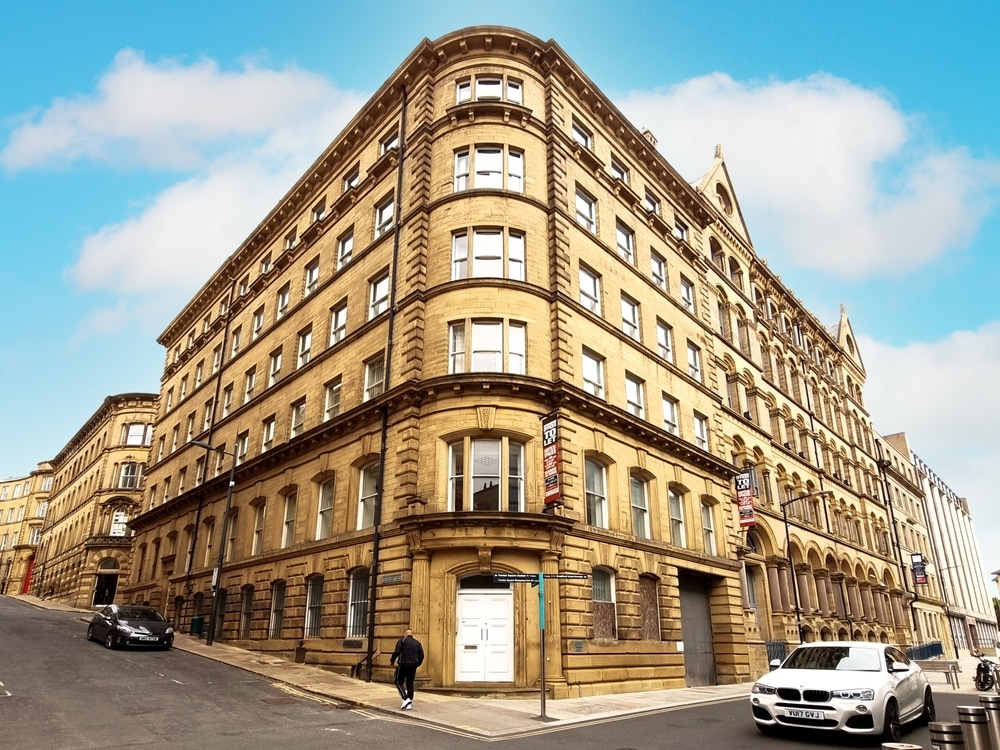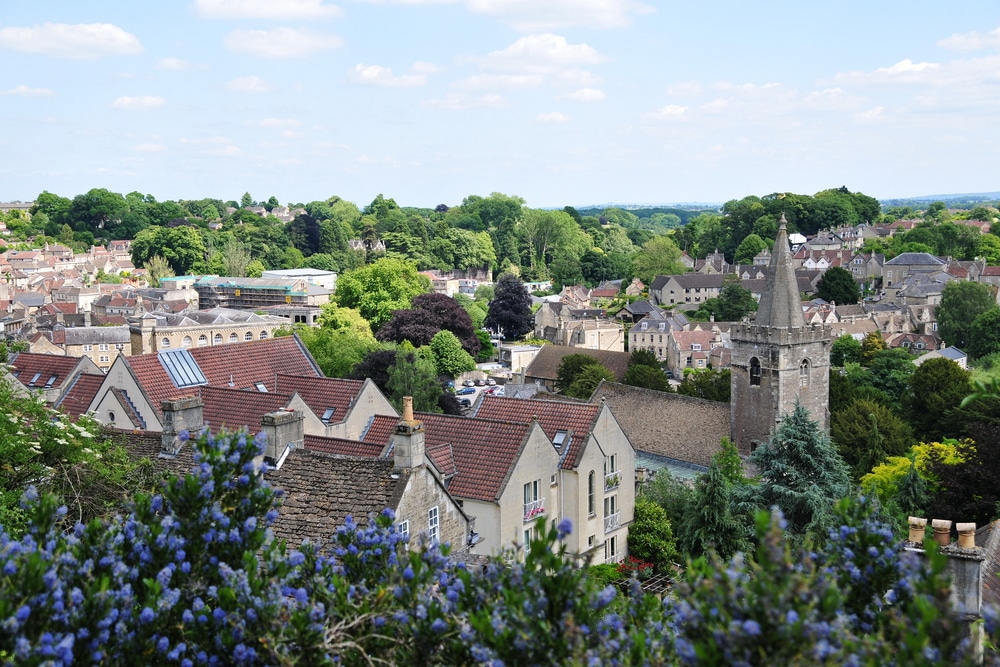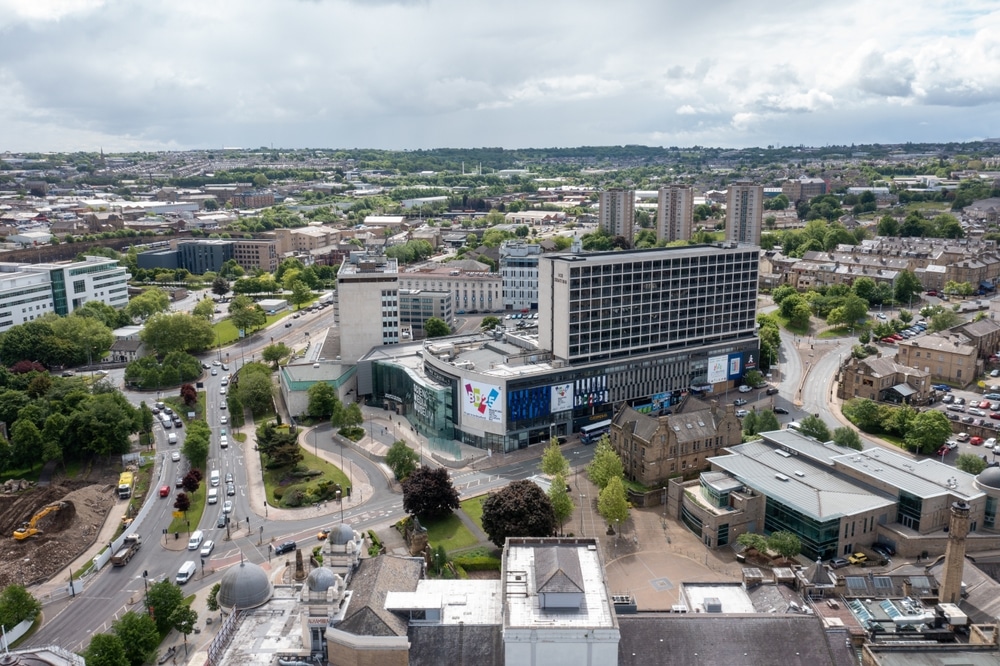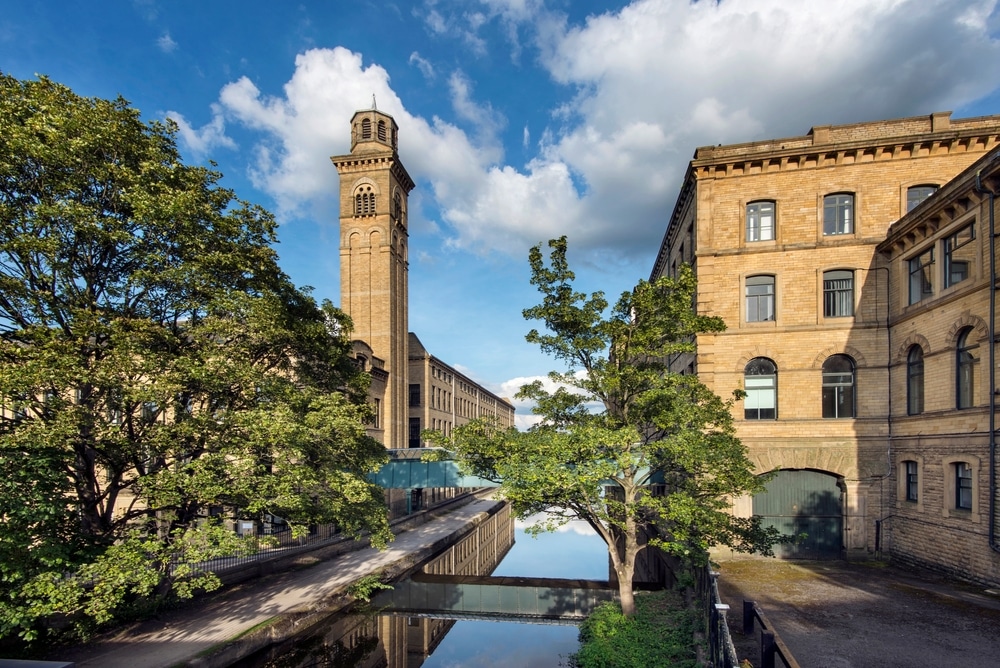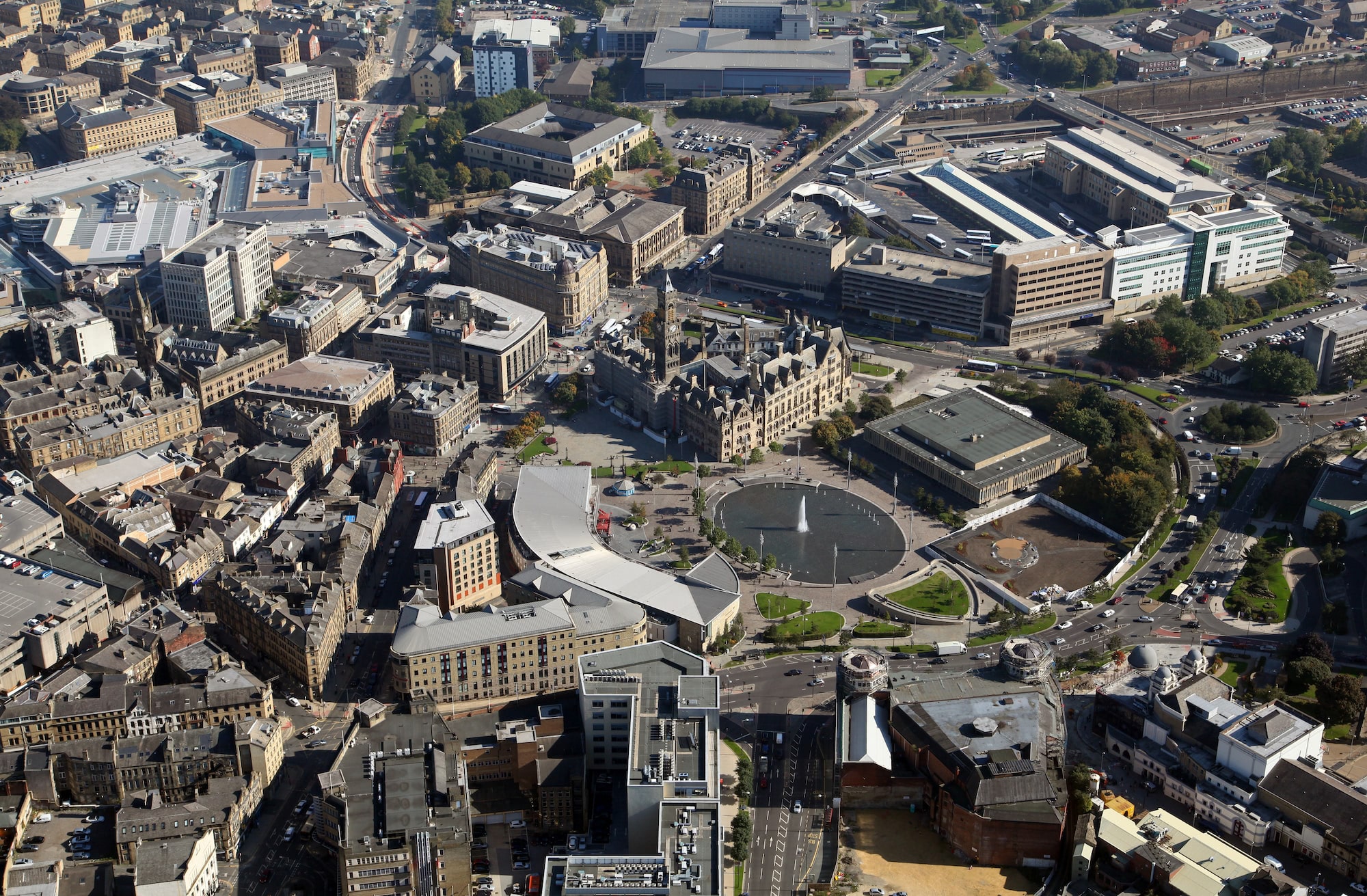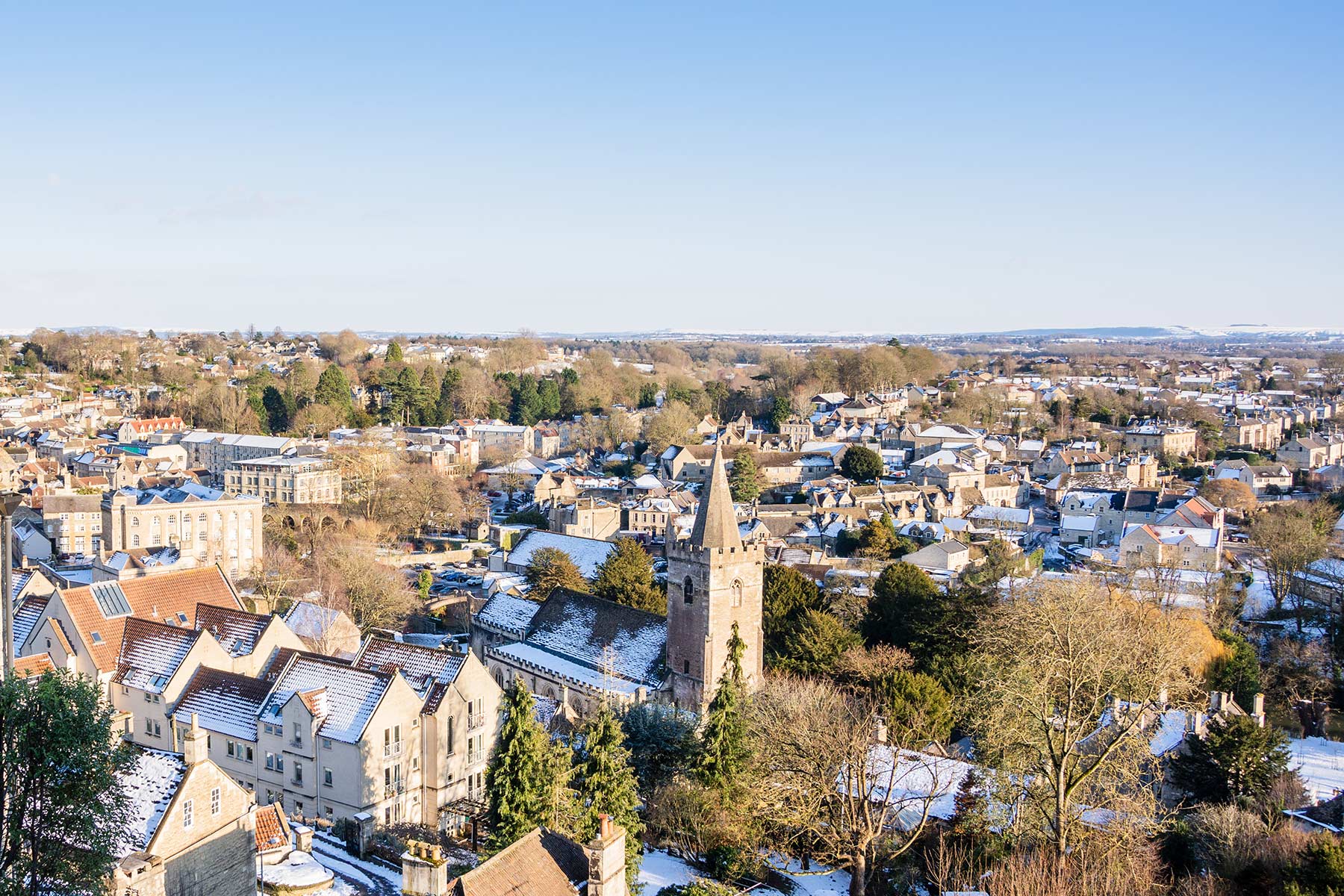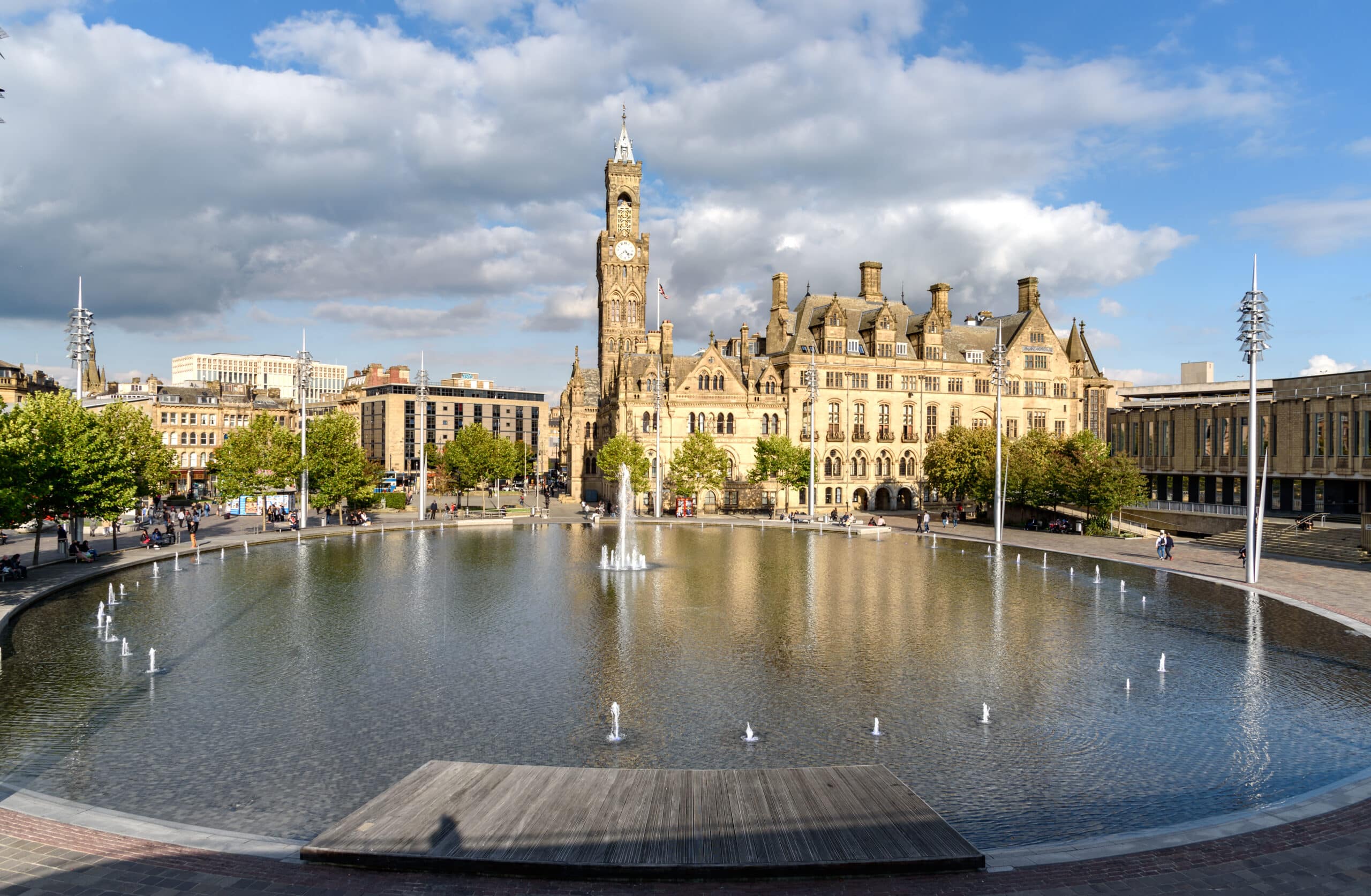In the heart of West Yorkshire, the city of Bradford holds more than just historical significance; it also weaves a tale of economic vitality and dynamic property market trends. However, homeowners, investors, and potential purchasers are all interested in the latest report about Bradford’s housing prices. Are Bradford’s home values rising to new heights or down from their peak? Let’s unravel this compelling narrative of property values in Bradford. You can sell a house fast with a quick and easy process with We Buy Any Home.
A thorough investigation is necessary to understand the present status of home prices in Bradford, a key metropolitan centre in West Yorkshire. Recent property value swings in the city are noticeable and reflect a variety of local and regional economic issues. The average property price in Bradford is now £174,506, down £1,000 from the month before, January, as of February 2023. However, it is essential to place this fall within the bigger picture of Bradford’s real estate market’s development.
Bradford’s housing costs have risen by an impressive 8.6% in the last year. Although promising for homeowners, this yearly increase has to be seen with the monthly decline to provide a more complete picture of market dynamics. Understanding the variances in home prices across various property types, including detached houses, semi-detached houses, terraced houses, and flats, all of which have suffered decreases, requires a detailed analysis.
For potential purchasers as well as the larger real estate market, Bradford’s housing market conditions are important. Naturally, prospective buyers are eager to determine if now is a good time to invest in the local real estate market. Their decision-making over when to participate is informed by their capacity to effectively assess market circumstances, providing chances for long-term investment, relocation, or financial planning.
In addition to the individual buyer, housing prices are crucial in determining the general economic environment. They have an impact on consumer confidence, investment behaviour, and lending practices, acting as a gauge of the state of the economy. Bradford’s property market volatility may affect locals’ capacity to pay their bills, the stability of the housing market, and how appealing the city is to newcomers and investors.
The average cost of a home in Bradford as of February 2023 is £174,506. This number is an essential point of reference for potential buyers, sellers, and investors who want to comprehend the health of the regional real estate market. It is an important indicator of both the city’s housing needs and economic development.
Notably, the average home price in Bradford has decreased as compared to the previous month, January 2023. The price has dropped by £1,000, which represents a little dip over a not-too-long time. Although it may appear little, this drop calls for attention since it raises the possibility of market changes and shifts in buyer and seller habits.
When examining the annual change, the picture becomes more optimistic. Bradford’s housing costs have increased by an astonishing 8.6% during the previous year. The city’s continued allure as a home destination is attested to by its large yearly appreciation. It implies that Bradford real estate has proven resilient and valuable over the long run.
To gain a more in-depth understanding of the market, it’s crucial to delve into specific housing categories:
Detached Houses
The average price for detached houses in Bradford currently stands at £318,858, down from £319,735 in January. Even while this decline is slight, it illustrates the intricate local real estate market and the specific qualities that draw purchasers to detached houses.
Semi-Detached Houses
Semi-detached houses are valued at an average of £185,810, compared to £187,247 in January. This decline suggests that either buyer preferences or outside forces may be affecting demand for this particular house style.
Terraced Houses
The average price for terraced houses in Bradford has decreased to £142,772 from £144,231 in January. Terraced homes often make up a significant portion of the market and are essential to comprehending the dynamics of the city’s housing market.
Flats
Flats, with an average price of £114,598, have experienced a decline from £115,249 in January. Because they provide distinctive living arrangements and often appeal to certain populations, flats’ pricing movements are notable.
Comparison with UK Averages
When compared to the larger UK real estate market, Bradford’s home prices as of February 2023 provide an interesting point of reference. Bradford has its distinct dynamics, but to get a whole picture, it’s important to put its data in the context of national trends.
At £174,506, the average home price in Bradford is much less than the national average for property value. The UK’s average home value in February 2023 is £287,506. This disparity in price highlights the substantial differences between the Bradford microcosm and the national property scene.
Evaluation of the trends influencing Bradford and the UK as a whole is essential in addition to the numerical numbers. One important measure to take into account is the shift from year to year in the UK real estate market. Property prices in the UK have increased by an amazing £15,052 in the last year. This depicts the national real estate market’s increasing trend, which is being pushed by governmental regulations, government policies, and changing consumer habits.
Beyond the yearly view, it’s crucial to understand the subtleties of monthly swings. Property prices in the UK have recently dropped by 1.0% every month. This descent provides information on the national market’s recent short-term changes. These variances might be an indication of how sensitive the market is to macroeconomic issues, interest rate changes, or seasonal trends.
The unique position Bradford has within the larger real estate market is shown by comparing its home prices to the UK average. Although Bradford has unique economic and demographic characteristics, it is important for both locals and outside investors who are interested in the city’s real estate market to understand how Bradford fits into broader national trends.
Future Outlook for Bradford House Prices
The future outlook for Bradford house prices remains a subject of considerable speculation and interest. Homeowners, prospective purchasers, and real estate speculators are among the many parties with a significant interest in the outcome of the question of whether property prices would continue to decline or rise in the city. The housing market in Bradford is impacted by a complex web of variables, ranging from regional economic circumstances to federal regulations and worldwide trends. Therefore, it is crucial to understand that forecasts for the next five years are intrinsically complex.
The Bradford housing market’s future course might be impacted by several variables. The availability of jobs and local economic development are key factors of house demand. Similar to how interest rates and lending policies in the banking industry may have a big influence on people’s desire and ability to engage in real estate. Government programs like housing rules and incentives may also significantly influence the market’s course.
Predictions for the next five years are dependent on current market factors and economic trends. While there has been an annual increase in home prices of 8.6% and a small monthly decline of £1,000, it is unclear how long these patterns will last. There are several possible outcomes. For example, if the economy remains stable, home prices may continue to rise, drawing more purchasers to the market. On the other hand, unanticipated economic shocks or changes in policy might lead to swings, perhaps leading home values to stabilize or even drop.
Buying a House in Bradford
The choice to purchase a home in Bradford is a complex one that requires a careful examination of the current market circumstances. Interested parties can ponder if now is a good moment to invest in a property. The recent price swings in Bradford’s property market have created both possibilities and difficulties.
The current climate in Bradford’s property market offers several pros and cons. On the plus side, the city’s recent yearly increase in home prices of 8.6% may be a sign of its long-term property worth. Additionally, the tiny monthly drop of £1,000 can result in chances for more reasonable purchasers. However, there are several difficulties associated with joining the market today. The downward trend in the market every month signals some degree of market volatility, so prospective purchasers should be ready for price swings.
Several important considerations need to be taken into account before making a choice. Important factors include the local economy, employment prospects, and housing market stability. The financial preparedness of potential purchasers should be evaluated, including their capacity to get a mortgage at a competitive rate. The decision-making process should also take into account how government policies, incentives, and continuing infrastructure improvements may affect property prices.
Regional Comparisons
Bradford’s real estate market in Yorkshire displays patterns and differences that are exclusive to Bradford. While the city may see changes in housing costs, other Yorkshire areas could see differing trends. In Yorkshire’s numerous towns and cities, there may be wide variations in things like economic prospects, neighbourhood amenities, and housing demand.
The housing market in Bradford could differ from that in surrounding areas in terms of demand, property types, and price increases. For people thinking about investing in real estate in Yorkshire, being aware of these differences is essential since it allows them to adjust their plans to the unique dynamics of the region they want to invest in.
In conclusion, Bradford’s housing market is dynamic, with swings in both short- and long-term trends. This is reflected in the present situation of the city’s home prices. The Bradford housing market offers a variety of options and difficulties for potential buyers and investors. In the present market, it is crucial to weigh the benefits and drawbacks of joining the market while taking into account the specific economic and demographic dynamics at play.
